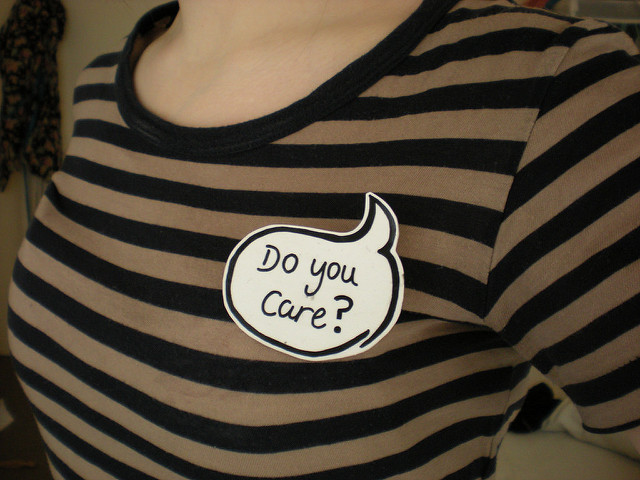Written evidence for the Genomics and Genome-Editing Inquiry of the House of Commons Science and Technology Committee
By Edward Hockings and Lewis Coyne,
Ethics and Genetics [cites CGS]
| 01. 20. 2017
KEY POINTS
- UK biosciences policy has become increasingly motivated by economic considerations in recent years, at the expense, we believe, of substantive public consultation and broader deliberation
- Freedom of Information requests show that the 100,000 Genome Project misinformed participants and the public as to the nature of access to genomic data granted to third parties
- Genome editing raises major ethical concerns which require comparable public deliberation, prior to which all further research should be prohibited
- 1.Introduction
Three years have passed since the government revealed its plans to sequence 100,000 genomes. The 100,000 Genome Project is expected to achieve that goal later this year. There is reason to be optimistic about it being of value, scientifically and clinically. There are also, however, reasons to be concerned about both the Genome Project and other areas of the developing fields of genomic medicine. In the following we outline some of those reasons.
- 2.Responsible Governance of the Biosciences
The 100,000 Genome Project forms part of a recent (post-2010) trend in the UK’s biosciences policy. Example initiatives include the integration of personalised medicine in mainstream...
Related Articles
By Josie Ensor, The Times | 12.09.2025
A fertility start-up that promises to screen embryos to give would-be parents their “best baby” has come under fire for a “misuse of science”.
Nucleus Genomics describes its mission as “IVF for genetic optimisation”, offering advanced embryo testing that allows...
By Hannah Devlin, The Guardian | 12.06.2025
Couples undergoing IVF in the UK are exploiting an apparent legal loophole to rank their embryos based on genetic predictions of IQ, height and health, the Guardian has learned.
The controversial screening technique, which scores embryos based on their DNA...
By Frankie Fattorini, Pharmaceutical Technology | 12.02.2025
Próspera, a charter city on Roatán island in Honduras, hosts two biotechs working to combat ageing through gene therapy, as the organisation behind the city advertises its “flexible” regulatory jurisdiction to attract more developers.
In 2021, Minicircle set up a...
By Vardit Ravitsky, The Hastings Center | 12.04.2025
Embryo testing is advancing fast—but how far is too far? How and where do we draw the line between preventing disease and selecting for “desirable” traits? What are the ethical implications for parents, children, clinicians, and society at large? These...




